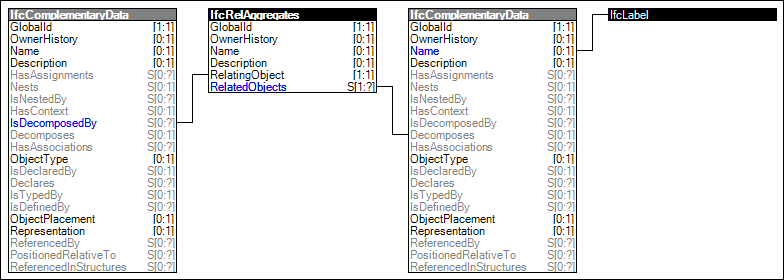
Figure 149 — Complementary Data Decomposition
Provision of an aggregation structure where the complementary data, representing the composite, is decomposed into parts represented by other complementary data instances.
The composite then provides, if such concepts are in scope of the Model View Definition, exclusively the following:
By default the following constraints apply to an element being decomposed by Element Decomposition:
Figure 149 illustrates an instance diagram.
 |
Figure 149 — Complementary Data Decomposition |
<?xml version="1.0" encoding="utf-8"?>
<ConceptTemplate xmlns:xsi="http://www.w3.org/2001/XMLSchema-instance" xmlns:xsd="http://www.w3.org/2001/XMLSchema" uuid="a7664693-8f92-465f-94eb-869a758ffe13" name="Complementary Data Decomposition" applicableSchema="IFC4" applicableEntity="IfcComplementaryData">
<Rules>
<AttributeRule RuleID="IsDecomposedBy" AttributeName="IsDecomposedBy">
<EntityRules>
<EntityRule EntityName="IfcRelAggregates">
<AttributeRules>
<AttributeRule RuleID="RelatedObjects" AttributeName="RelatedObjects">
<EntityRules>
<EntityRule EntityName="IfcComplementaryData">
<AttributeRules>
<AttributeRule RuleID="PartName" AttributeName="Name">
<EntityRules>
<EntityRule EntityName="IfcLabel" />
</EntityRules>
</AttributeRule>
</AttributeRules>
</EntityRule>
</EntityRules>
</AttributeRule>
</AttributeRules>
</EntityRule>
</EntityRules>
</AttributeRule>
</Rules>
</ConceptTemplate>